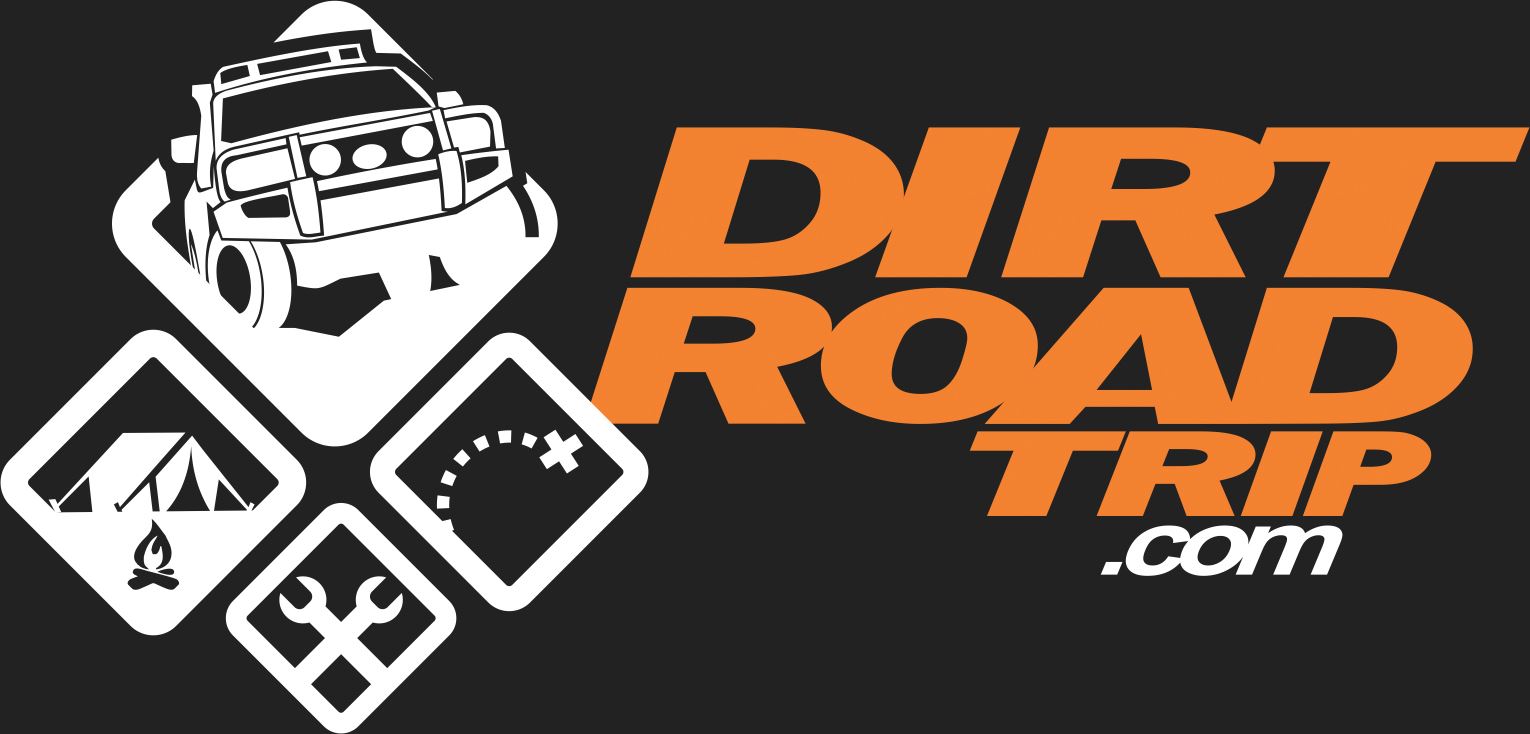For the past few months I’ve been reading every map and local guide book covering the Mid-Atlantic that I could get my hands on. My goal was to find long forgotten or rarely traveled roads that were a reasonable distance from DC. Here’s the first part of my new “Exploring Forgotten Roads” series.
Our first attempt at exploring a forgotten road would take us to Tucker County, WV. With hundreds of miles of roads that run through the beautiful West Virginia mountains, it was the perfect candidate for our first attempt. Tucker County was historically populated by mining communities and had also previously been home to large scale timber operations. The logging operations have long since left, but the miles of road they left behind would be backbone of this trip.
We left DC on a bright Saturday morning with high hopes and a dozen different maps ranging from Gaia GPS to good old fashioned paper. Mark and I had the trucks loaded up with plenty of gear, and we especially made sure to include a chainsaw for this run. We learned our lesson from a previous trip where a downed tree prevented us from continuing further, obviously we weren’t going to repeat that mistake again.
The trip got off to a pretty rocky start, the first few roads we had originally tried to travel down were either gated by the power/mining company, or illegally gated by local land owners (you’ll run into this a lot in West Virginia). Fortunately we had planned ahead for this and mapped out a few alternate points of entry, and finally we were greeted by a trail that had obviously not seen any travel for a significant amount of time.
Within the first 200 yards we knew we had found what we were looking for. Before we could even put the trucks into 4WD we had to build a small rock bridge and break out the chainsaw. Mark made quick work of the downed tree and expertly cut it in half so Tax and I could roll it out of the way. This would set the tone for the rest of the trip due to the trail being so overgrown.
We continued down the trail and it to only got tighter and tighter. My vinyl proved that it would protect the Jeep’s paint, and it was obvious Mark was going to have to spend some time when he got home with a clay bar and a buffer. Again we had to get out multiple times to clear the trail of downed trees and other debris that had come down over the years.
As we progressed down the mountain and into the valley the trail finally opened up to some of the most beautiful views we had ever seen in the Mid-Atlantic. It would be the perfect place to break for lunch, but the flies were so thick that we only took a short enough break to take in the sights and have a quick snack.
Having beautiful open terrain in the valley definitely had it’s trade off’s. While we were able to easily drive down the trail, the soil became softer and then quickly turned to mud. Some sections were so soft that the JK was easily swallowed down to the frame, this was definitely a trail that I would not want to travel solo. There were few recovery points, and if it wasn’t for having Mark there to pull me out, I would probably still be sitting there.
We wanted to run the rest of the road network we had discovered that day, but we had burned up valuable daylight clearing trail and needed to head back and find a campsite. Unfortunately while heading back to the main road, Mark’s MTR decided to pickup a souvenir from our epic trip. Luckily for us, all of us were experienced in working as a team to perform a trail side repair. I’d also never had more fun with 2 other guys in the mud while changing a tire (if you ever meet Mark, he’s the type of guy that could make you laugh while you’re trapped in a burning building).
We finally got back to the main road so we jetted over to our favorite camp site in the Monongahela National Forest where we were able to quickly setup camp and enjoy our steak dinner (this is the only way to finish a long day on the trail).
I just want to give a big thank you to Mark and Tax for all of their help on this trip. The entire trip would not have been successful without either one of you, and I can’t wait till the next time we get to hit the trail.


























What size chainsaw do you carry? Ever since someone use an ATV chainsaw mount to have the chainsaw mounted on the exterior?
Mike, the Stihl chainsaw we carried has a 20″ bar. I find that a 16″-20″ bar is the perfect size for basic trail clearance and firewood duty, anything larger becomes difficult to handle off road.
Mark stores his in the bed of the truck in the chainsaws case, it’s usually secured with a ratchet strap.
Pete,
We’ve never really run limb risers on our rigs. Jason does have them on his JK, but it’s pretty rare to run into heavily overgrown trail in our area. We’ll definitely consider installing them in the future though if we keep hitting trails like this.
I’ll try to find some photos of the “rock bridge” this evening. It was really just us filling in a really deep gully with rocks so we wouldn’t bottom out or drag the rear end.
It looks like no one had limb risers. Any particular reason for not using them? Any pics of the rock bridge?